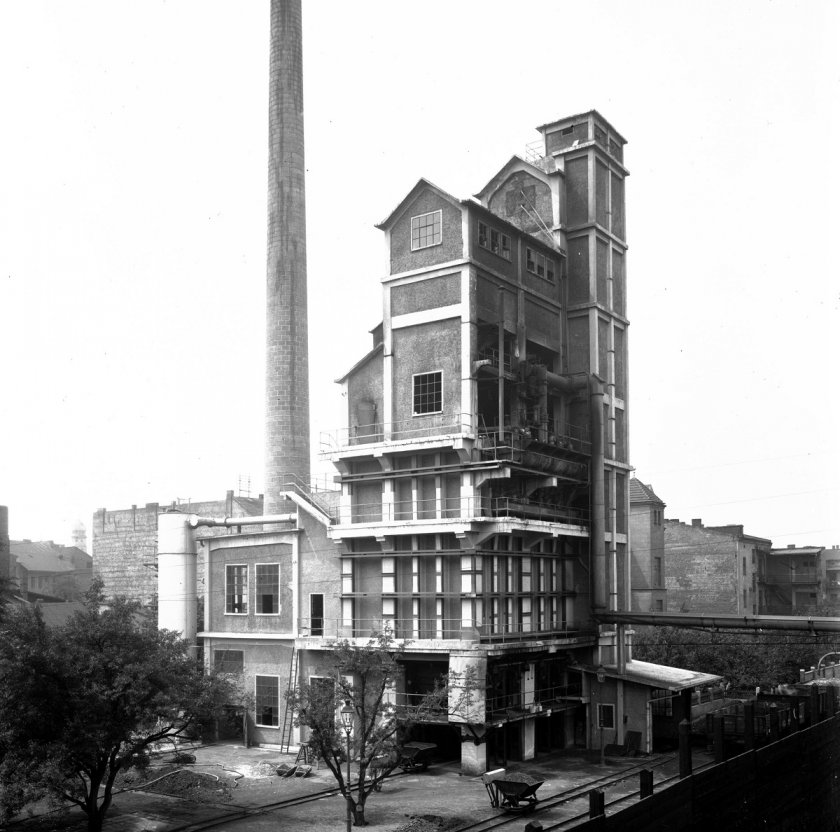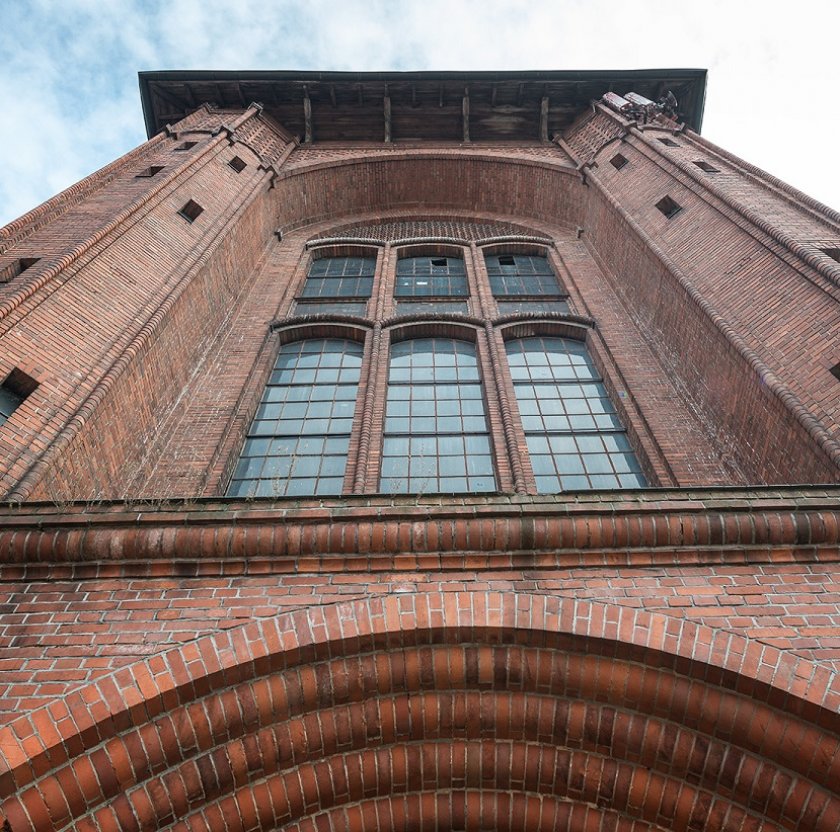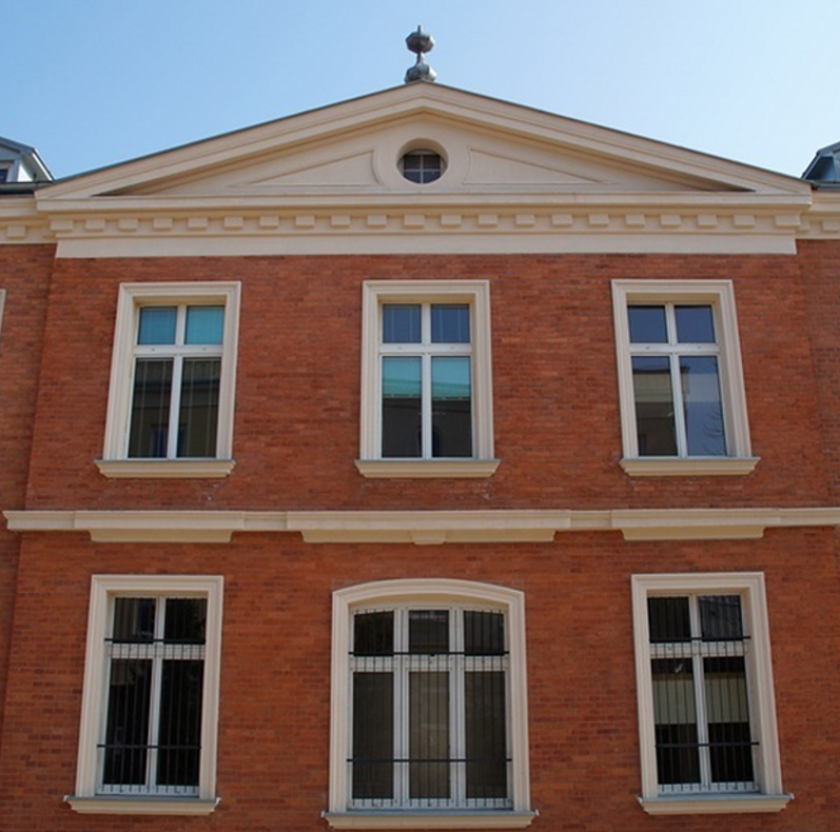History of Warsaw Gasworks
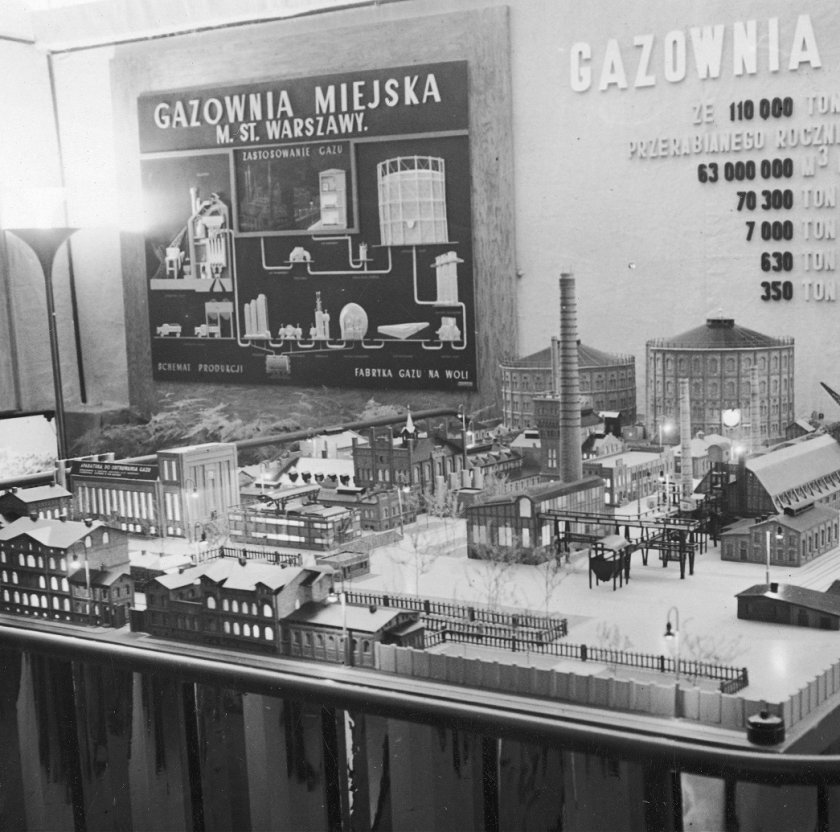 Fot.
Fot.
Ultimately, however, the Warsaw municipal authorities granted a multi-annual concession to the German Continental Gas Association of Dessau to build and operate a gasworks in Warsaw. The concession was granted for 25 years, and the first gasworks was built at 10/16 Ludna Street. On 27 December 1856, the residents of Warsaw saw their streets illuminated with gas lamps for the very first time.
Gas travelled in pipes laid under the pavement along Ludna, Książęca, Nowy Świat and Krakowskie Przedmieście, all the way to the Castle Square, illuminating a total of 92 street lamps. In 1858, the Bank of Poland and railway workshops were fitted with gas lighting. A short time later, gas lamps were installed in hospitals, barracks and in private homes. The Kierbedź Bridge, Warsaw Citadel and the Petersburg Railway Station (currently Warsaw Wileńska) were also illuminated.
Because of the growing demand for gas, in 1888, in the village of Wola, at Dworska Street (currently Kasprzaka Street), a second plant in Warsaw was opened, which soon became the main gasworks serving the city.
Because of the growing demand for gas, in 1888, in the village of Wola, at Dworska Street (currently Kasprzaka Street), a second plant in Warsaw was opened, which soon became the main gasworks serving the city.
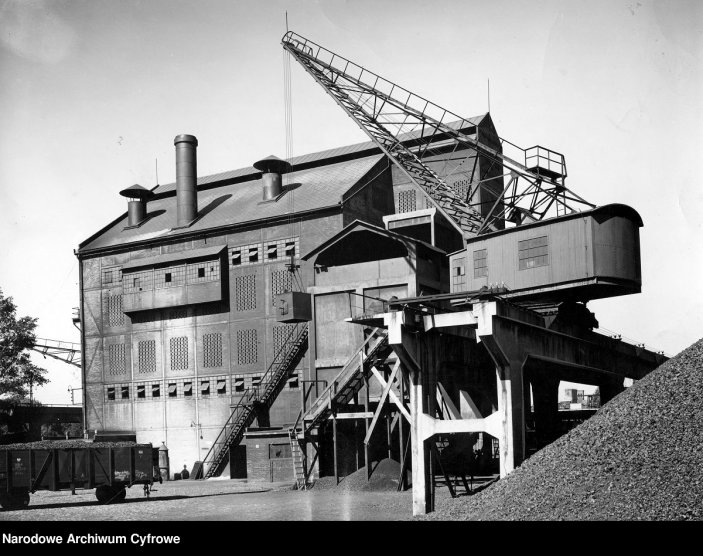
Municipal Gasworks in Warsaw, public domain/NDA
After Poland regained its independence in 1918, Warsaw Gasworks was still owned by the Association of Dessau. The first years after the war were a difficult time for the re-emerging Polish state. The Polish-Soviet war, the challenging internal situation and the differences in the economic development of individual regions provided the Polish government with serious obstacles to overcome.
It was only the programme of economic reforms which Władysław Grabski implemented in 1923 that laid the foundations for a modern economy. In 1925, the gasworks became the property of the municipality of Warsaw. From that time, it was referred to as “Municipal Gasworks”.
It was only the programme of economic reforms which Władysław Grabski implemented in 1923 that laid the foundations for a modern economy. In 1925, the gasworks became the property of the municipality of Warsaw. From that time, it was referred to as “Municipal Gasworks”.
The years 1925–1930 were a period of expansion and modernisation of the plant. In 1929, a gas compressor station and the first medium-pressure gas pipeline were built.
During the September Campaign of 1939, the operation of Warsaw Gasworks was put on hold. As a result of the bombing of the city, gas production buildings and gas storage tanks were damaged. During the war, the plant was under German supervision. The Germans escaping at the end of the war took with them almost all the movable equipment and mined the buildings. Fortunately, they did not succeed in blowing up the entire plant. After the war, the gasworks was quickly rebuilt thanks to large numbers of workers returning to the city and was commissioned as early as on 25 June 1945.
During the September Campaign of 1939, the operation of Warsaw Gasworks was put on hold. As a result of the bombing of the city, gas production buildings and gas storage tanks were damaged. During the war, the plant was under German supervision. The Germans escaping at the end of the war took with them almost all the movable equipment and mined the buildings. Fortunately, they did not succeed in blowing up the entire plant. After the war, the gasworks was quickly rebuilt thanks to large numbers of workers returning to the city and was commissioned as early as on 25 June 1945.
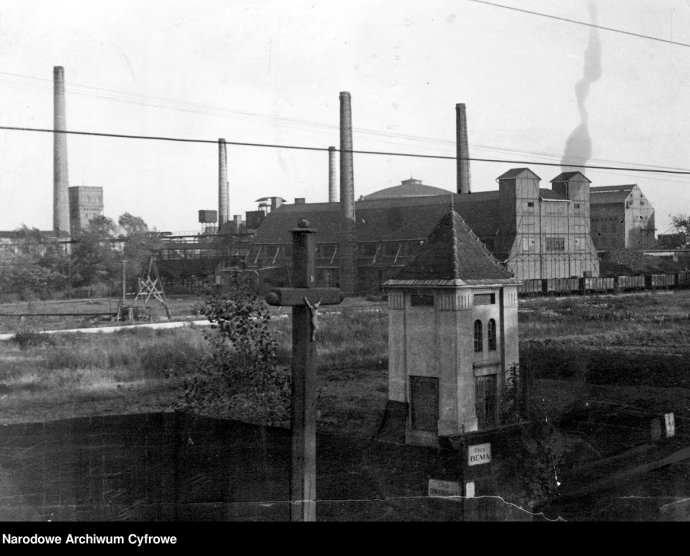
Municipal Gasworks in Warsaw, public domain/NDA
In 1950, the Minister of Mining and Energy passed a regulation which established a state enterprise which was given the name of the City of Warsaw Gasworks. The production of gas from coal at Warsaw Gasworks ended in 1970, with town gas still being produced there until 1978 as a product of mixing natural gas with decomposition gas. Since 1978, only natural gas has been supplied in Warsaw.
Here you can read about Warsaw gas street lamps.
Here you can read about Warsaw gas street lamps.
